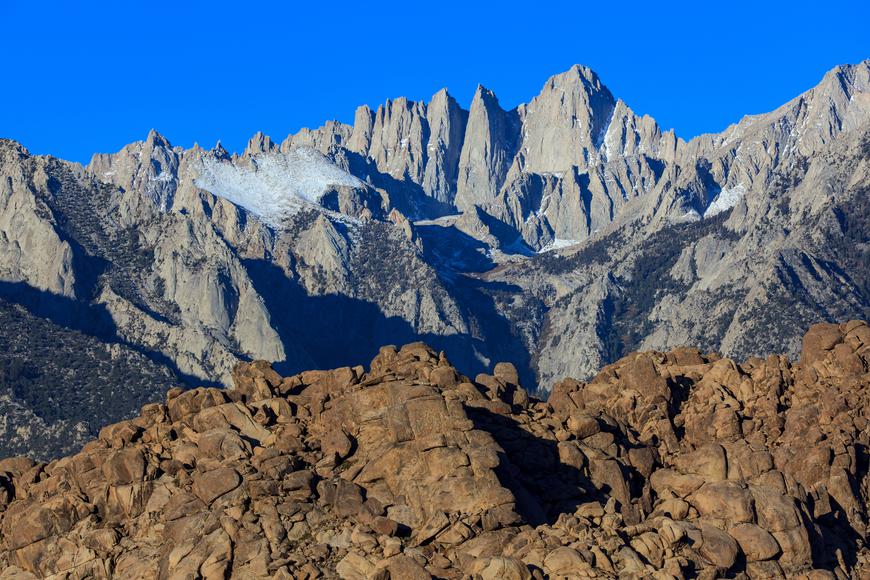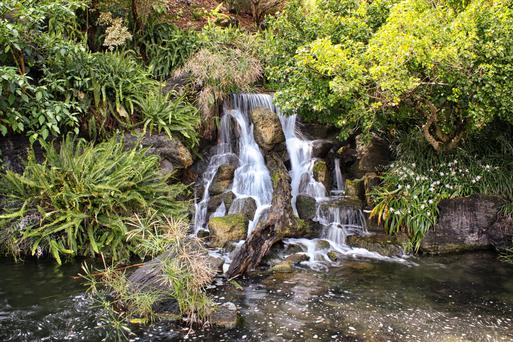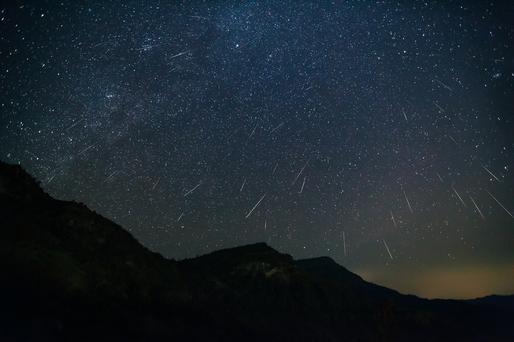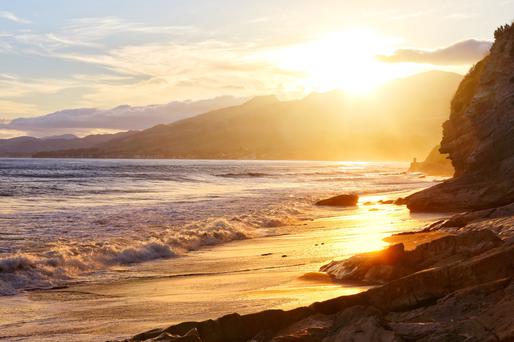Mount Whitney, towering at 14,505 feet, is the highest mountain in California and the contiguous United States. Located in the Sierra Nevada range, it’s a challenging yet iconic hike that offers stunning alpine scenery, thrilling elevation gain, and a tremendous sense of accomplishment. However, summiting Mount Whitney requires careful planning, physical preparation, and respect for the mountain’s unpredictable nature. This detailed guide will help you prepare for one of the most demanding yet rewarding hiking experiences in California.
Planning Your Hike
Mount Whitney's hike is typically done via the Mount Whitney Trail, a 22-mile round trip with an elevation gain of 6,145 feet. Most people tackle this as a day hike, starting in the early hours and returning before nightfall. However, due to its difficulty, some hikers opt for a two-day trip, camping overnight at Outpost Camp (10,400 feet) or Trail Camp (12,000 feet) to acclimatize and split the distance.
Permits and When to Go
Permits are required year-round, but during the peak season (May through October), a lottery system is used to distribute them due to high demand. The lottery typically opens in February, and you can submit up to 15 permit applications. Outside this period, permits are first-come, first-served, and are generally easier to obtain in the shoulder months like May and October, though the weather is more unpredictable.
For those unable to secure a permit through the lottery, walk-up permits are available but highly competitive. You can try your luck at the Eastern Sierra Interagency Visitor Center near Lone Pine, where unclaimed permits are handed out.
Weather and Conditions
Hiking Mount Whitney is safest between June and September when the trail is free from snow and temperatures are milder. However, even in summer, afternoon thunderstorms are common, so starting your hike as early as 2 or 3 AM is recommended. In May and October, snow and ice often linger on the trail, requiring additional equipment like crampons and an ice axe. Winter hikes (November through April) require mountaineering skills, as the trail is often buried under deep snow.






